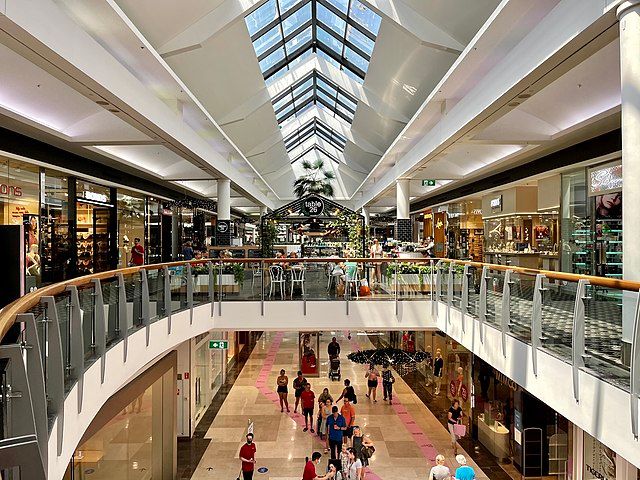Households will be able to adapt to higher interest rates says NAB
The National Australia Bank has faith that Aussies are an adaptive lot when it comes to interest rates rises. "...households will be able to adapt to higher interest rates,” it says of its latest survey.
Residz Team 2 min read

Your insurance may have gone up, your groceries have skyrocketed, and the cost of almost everything else has soared. But, the National Australia Bank has faith that Aussies are an adaptive lot when it comes to interest rates rises. In a recent news release it said:
“Overall, household balance sheets remain in good shape and the savings rate is still elevated, suggesting households will be able to adapt to higher interest rates.”
Most homeowners can cope with half a percent
As well, a Money.com.au-commissioned survey shows 80% of respondents have a savings buffer in place to cope with an increase in monthly loan repayments.
63% could cope with repayments with at least a 0.5% rise, which drops to 49% when it’s a 0.75% rise, and 34% when it’s over a 2% rise. (Source: News.com.au)
Given Australians ‘will eat dog food’ before defaulting on their mortgage, they’re probably on the money.
Residential Property Survey
This optimistic outlook from both Money.com.au and NAB’s Residential Property Survey Q1 2022 comes at a tough time for those entering the property market. The NAB survey finds that the overall share of First Home Buyers (FHBs) of established homes fell to a below-average 29.8% of buyers. Surprisingly, they were most active in NSW where many city homes are considered ‘severely unaffordable.’ Of all the home buyers in NSW, 32.3% were purchasing their first property. Some, no doubt, helped by the Bank of Mum and Dad.
First Home Buyers not so active in Qld
First home buyers of established properties were also active in WA (32.1% of buyers) but they were least active in Queensland (buying only 22.4% of properties sold). When broken down into types of First Home Buyers, the percentage of owner occupiers fell further, suggesting these buyers were purchasing properties away from their preferred residential areas.
New homes attract FHBs and foreigners
While the share of First Home Buyers of established homes fell, they were snapping up new homes. Of all the new developments, 40.5% were bought by First Home Buyers. Foreign buyers too were starting to buy up again in this segment, taking their numbers to a two year high (7.9% of buyers of new properties). It was steepest in NSW at 10.3% of sales of new developments.
Confidence lower generally
Housing market confidence now and “in the next 12 months” is highest in Western Australia. South Australia also saw a lift in short-term confidence. But confidence levels are generally facing a dip as property price growth slows. In fact, confidence is down for its fourth straight quarter as the heady days and record price gains of 2021 recede in our collective memory.
Victoria the lowest
Confidence for “the next 12 months” fell below the national average in NSW, Tasmania, and Victoria, which recorded the lowest confidence by a considerable margin. Queensland, ACT and NT recorded above-average confidence but lower than recent healthier results.
Summary: Some lift before the fall
NAB predicts an overall rise of 2.5% in Australian property values before prices decline around 10% in 2023. Even booming Brisbane and Adelaide are expected to have a slowdown in growth later this year, says NAB, with ‘negative growth’ for both cities predicted at the back end of 2022.